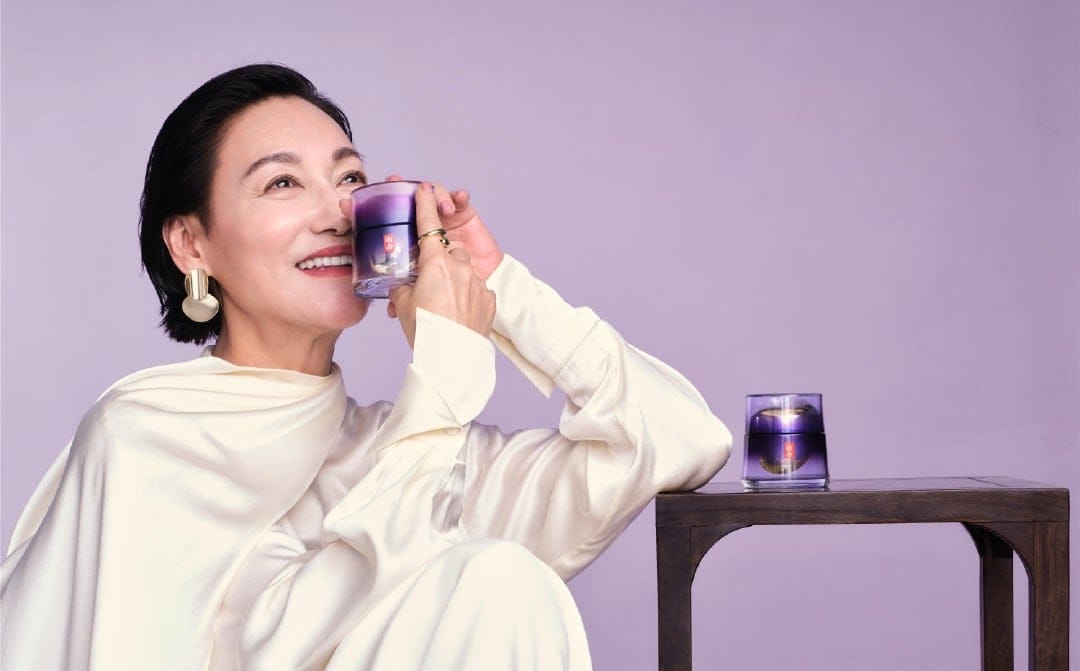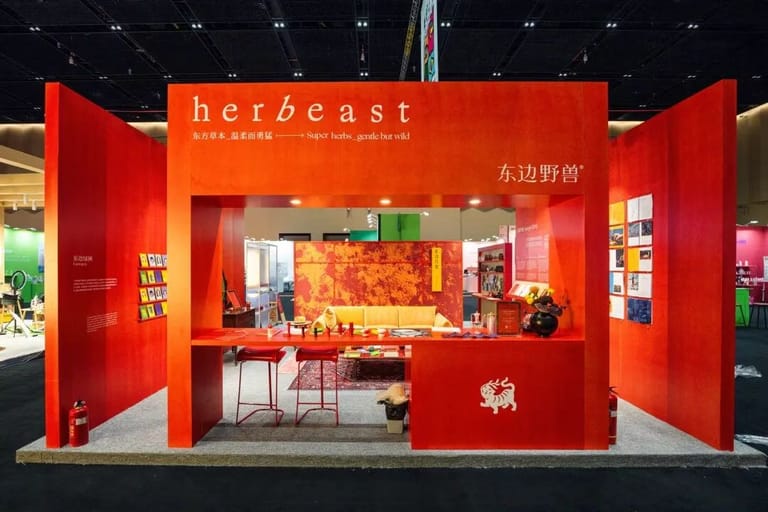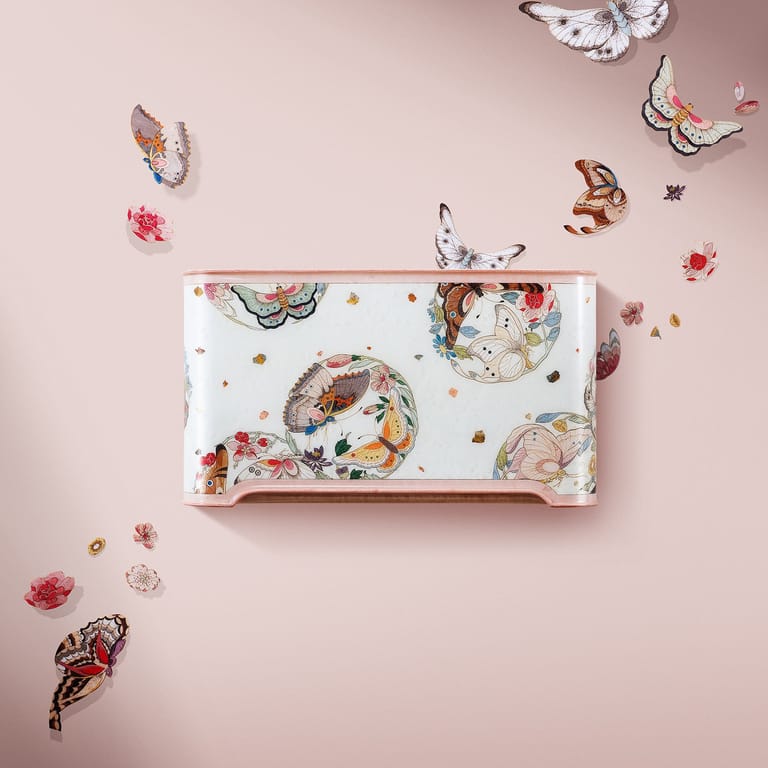Gifting Gracefully: How Beauty Brands Are Winning China’s Silver-Haired Market
By
Huiyan Chen

Published on
June 18, 2025

In China, gifting has long been a powerful form of emotional expression, especially around holidays. Beauty Brands From New Year’s Day and Chinese New Year to Valentine’s Day and Christmas Eve, there are more than 20 mainstream occasions on the calendar, offering fertile ground for brands to build a year-round marketing rhythm.
In the beauty sector, these moments aren’t just seasonal spikes in traffic—they’re critical for both sales conversion and emotional resonance. According to SocialBeta’s 2025 Festival Marketing Inspiration Guide, nearly 10 percent of featured campaigns in 2024 came from beauty and skincare brands. Meanwhile, Kantar’s consumer index notes that gifting has accounted for over 10 percent of beauty sales in China since 2021, consistently outperforming the broader market in growth for the past two years.
A notable shift is underway: mature women—including mothers and mothers-in-law—are emerging as central recipients in the gifting economy, signaling a growing intersection between the “silver economy” and the “gifting economy.” As their role in consumer decision-making strengthens, brands are evolving from gift-centric messaging to a more nuanced two-way communication strategy that speaks to both the buyer and the end user. Today’s challenge: how can beauty brands win over adult children making the purchase, while also earning the appreciation of the women receiving the gift?
Silver-Haired Women Take the Gifting Spotlight/ Beauty Brands
Search “gifts for mom” on RedNote, and beauty products are among the most frequently recommended categories.
JD.com’s 2023 Mother’s Day Warm-Hearted Spending Trends report revealed that beauty and skincare products made up nearly 30 percent of total sales in the lead-up to the holiday. A separate survey by iiMedia Research shows that 58.85 percent of Chinese consumers prefer to express love to their mothers through gifts—with skincare and cosmetics ranking as the third most popular gift type.
Unlike the “treat yourself” mentality that often drives self-purchases, choosing gifts for elders leans toward being appropriate and reliable. Brand recognition, elegant packaging, and word-of-mouth credibility all factor into what makes a beauty gift feel “just right.” It’s this preference for safety and respect that makes skincare a dependable and refined choice when buying for older women.
“I gave my mother-in-law a La Mer set the first time I met her,” recalled Iris Guan. “Not the most creative gift, maybe, but definitely a safe bet.” She likens skincare to “Maotai for women”—even if it’s not used immediately, it’s rarely rejected or misunderstood.
What’s Powering the Silver Gifting Boom?
Much of this trend stems from the emotional behaviors of a new generation: China’s only-child cohort, now in their 30s and 40s. In first-tier cities, where living apart from parents is the norm, gifts have become a vital proxy for presence and care.
According to the Silver Generation Consumption Trends report, China has more than 200 million only-child families, largely composed of 1980s and 1990s urban professionals—the backbone of the workforce. With the national average workweek hitting 49 hours in 2023 and overtime now normalized, regular companionship is often out of reach, making festive gifting a meaningful form of connection.
“My daughter usually buys me skincare during 618 and Double 11,” said Ms. Zhang. “We live in different cities, but she’ll still get me a lipstick or two for Mother’s Day or my birthday.”
This emotional expression has translated swiftly into content-driven commerce. In May, livestream host Li Jiaqi launched a special segment called “All Parents’ Happy Family 2025,” which topped trending charts for two days. His first livestream drew 1.75 million viewers, with a second-day surge to over 3.13 million. While some middle-aged viewers tuned in, his core young fanbase remained dominant—demonstrating a clear motivation to shop on behalf of their parents. The product lineup—from massage gear to cost-effective skincare gift boxes—was curated to reflect filial concern. The standout item, a KanS skincare gift set priced at 399 RMB, sold over 10,000 units.

How Brands Can Position Themselves in a “Dual-User” Landscape
Zooming in on brand strategy, gifting scenarios targeting older women can be divided into two types: direct gifting (Mother’s Day, birthdays), where children are clearly purchasing for elders and festive gifting (ChineseNew Year, Mid-Autumn Festival), where a broader emotional connection is at play. Though similar on the surface, each requires distinct strategic thinking.
In the first case, the child is both the decision-maker and the payer. Brands must align with their emotional logic. A noticeable trend: slogans like “the perfect gift” are being replaced by value-driven storytelling. As consumers seek products that resonate with their values and emotional commitments, brands must offer not only a high-quality product, but also a brand persona that aligns with buyers’ ideals.
In broader festive scenarios, the brand’s symbolic value and its social-media-ready aesthetics become pivotal. Is the brand culturally resonant? Does it carry visual cachet? These questions define whether it will stand out during peak gifting moments.
Take L’Oréal Paris’ Chinese New Year campaign as a case in point. Its slogan—“Heading Home for the New Year? Bring L’Oréal”—sparked debate for its “tacky” aesthetics, echoing retro-style ads like those from Brain Platinum. But the underlying strategy tapped into something essential: the emotional pivot of adult children returning home, bearing signs of care.

One often overlooked insight: gifting is inherently reciprocal. According to iiMedia Research, over 40 percent of consumers gauge their mothers’ needs by noting offhand complaints. Another 40 percent check shopping carts or wishlists. This means that although children make the purchase, the recipient’s feedback heavily influences future buying decisions. Texture, fragrance, application experience, and brand trust—all remain crucial, and are even more sharply defined in gifting contexts.
Brands that earn genuine favor among older women can organically influence their children’s next purchase. Which is why R&D tailored to this demographic matters. Earlier this month, during its Longevity Science Symposium in Paris, L’Oréal Group unveiled a new scientific approach to “longevity skincare,” incorporating diagnostic tools and exclusive active ingredient combinations. This investment arms its brands to compete in the long game of the silver economy.
The rise of silver-haired consumers doesn’t signal a replacement of the traditional gifting market; rather, it creates a two-way system powered by emotion and function. To truly win in this space, brands must go beyond trending campaigns. The key lies in building a sustainable, trustworthy framework that connects emotion and aesthetics with value and efficacy
Festivals may offer the stage. But the real competition plays out, quietly and persistently, in the everyday.
Stay Connected Through Our Weekly Newsletter













